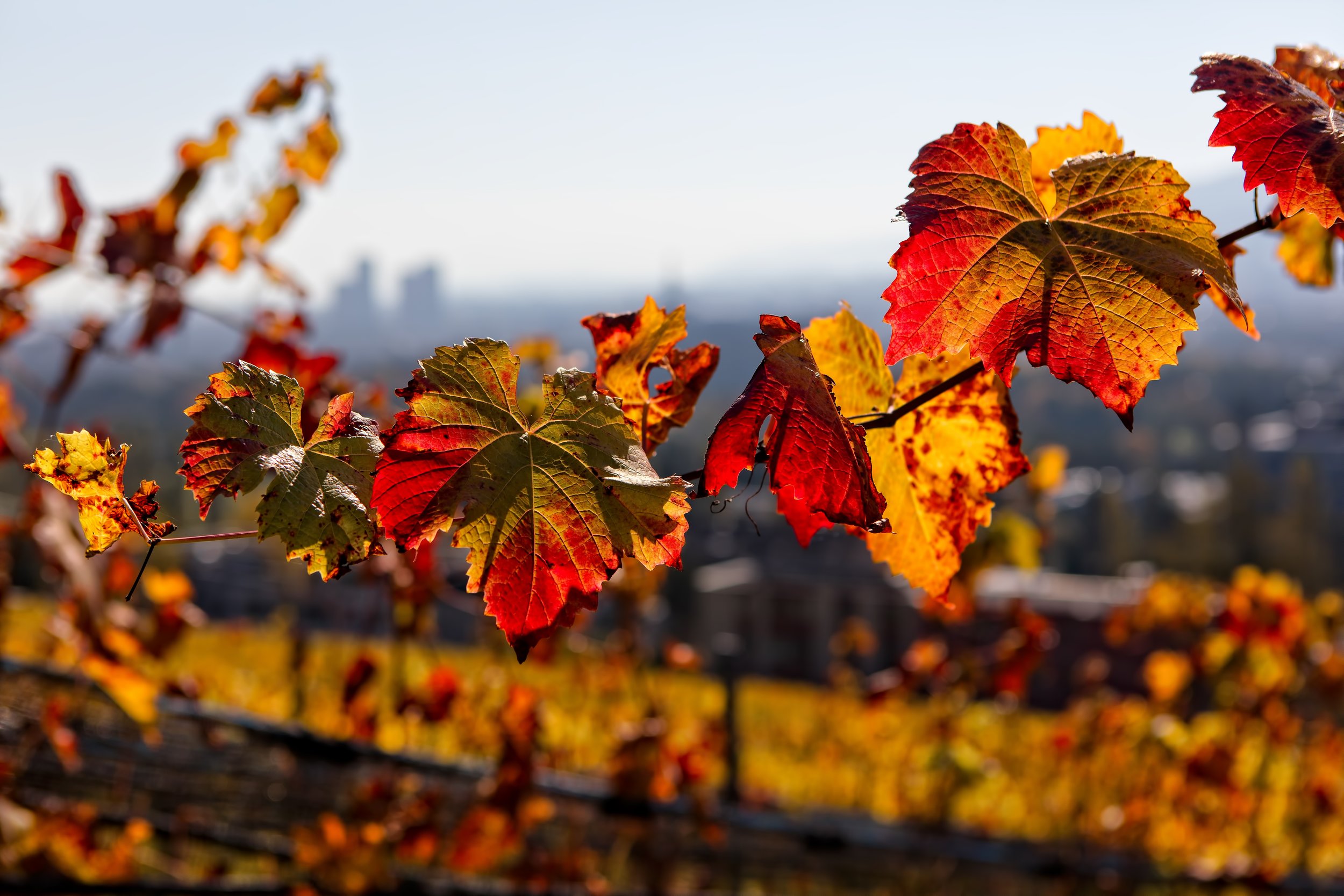it is just a precious day, as all days are too,
but this one
is lit all the way through
with that yellow autumn light
so acute in the heart
"yellow autumn light"
As the northern hemisphere moves from late Summer into Autumn, we can sense all around and within us the shift in energy, the piercing angle of the light, the crisp brilliance of the air and the dryness of the leaves as they fall away. Cross-cultural anthropologist Angeles Arrien has distilled the indigenous wisdom of many traditions into the awareness that autumn is the time to practice letting go of attachments (~and that we will know when our attachments are lightening, by the bubbling up of our sense of humor~)
“When we are inspired, we are breathed in to a sense of heightened aliveness. What seemed impossible to our rational mind, suddenly seems possible; it seems probable; it seems certain…all we have to do is step out of the way” Stephen Mitchell
In the wild and elegant Taoist 5-Phase system, Autumn is the Metal season, a time to be open to inspiration, to recall and refine what is precious, and to practice letting go of what we no longer need or may no longer hold onto. The natural emotion associated with the process of taking in and letting go — of changing — is grief, a sense of loss that arises whether we are letting go of something we still care about, or are letting go of something that is just familiar or habitual. Subtle aspects of grief such as nostalgia, homesickness, and restless longing, are common autumnal feelings that serve to remind us to appreciate this poignant living moment even as we watch it pass away.
The Metal phase is embodied within us as the Large Intestine (Colon), the Lungs, and the Skin — each an important organ of reception and elimination, each an important interface between Inside and Outside ourselves. Autumn is a good time to tonify (strengthen) the Qi (energy) and function of the Lungs, especially for those who experience seasonal respiratory allergies or frequent colds and ‘flu’s. Culinary herbs and spices that gently support the Lung Qi include small amounts of cardamom, anise, and thyme. To ensure the ability of the Lungs to fully receive and absorb inspiration — which pertains both to the inspiration of oxygen-rich air, as well as to creative inspiration — it is important that the Lungs' capacity for expiration— that is, for letting go — is also strengthened. How comfortable are you with breathing out all the way, to the bottom of your lungs? How long can you comfortably pause in that phase of emptiness before you have to allow your Lungs to fill back up?
Pranayama, which is the yogic art and science of breath, teaches that a few cycles of slow expiration through slightly pursed lips, with a pause before the next inspiration, will calm the nervous system, soothe pain, and enhance cellular detoxification and nutrition.
“We breathe air deep into the most moist, warm, intimate parts of our bodies, and we fuse to the air. You can’t draw a line and say the air ends here, and I begin there. There is no line.” David Suzuki, Bioneers Conference 2003
The Skin, which is ruled by the Lungs, is the largest organ of the body and an obvious interface between the inside and the outside of our bodies. At the microscopic level, though, we are constantly exchanging molecules, heat, and electromagnetic energy with the surrounding environment. Echoing the old medicine traditions and indigenous wisdom, science gives us the tools to deeply appreciate that our bodies don’t end at our skin. Our skin skillfully protects and contains our internal organs, while at the same time much of what we perceive about the outside world—the rest of the Earth’s body—comes from signals we receive through our skin. Our complexions, via fleeting changes in color and radiance, and our myriad complex facial expressions, also serve to connect our “inside” to our “outside” by transmitting signs and hints that can reveal very precisely our inner states.
The countless dazzling foliage colors that illuminate the landscapes so characteristic of Autumn suggest another precious Metal insight: the understanding that the glorious beauty of Nature arises from multiplicity and assortment. I learned from my teacher-friend, Rabbi Ted Falcon, that the word for “face” in Hebrew (“panim”) is always a plural construction.
All of the wisdom traditions suggest, just as the Hebrew word subtly underscores, that each of our individual faces is really composed of many faces — all the various masks and expressions that we put on for different occasions — and at an even deeper level, that every single one of our faces is an essential and indispensable part of the One Original Face, which we could also call the Community of All Beings, the Divine, the Tao, the face of Nature.

